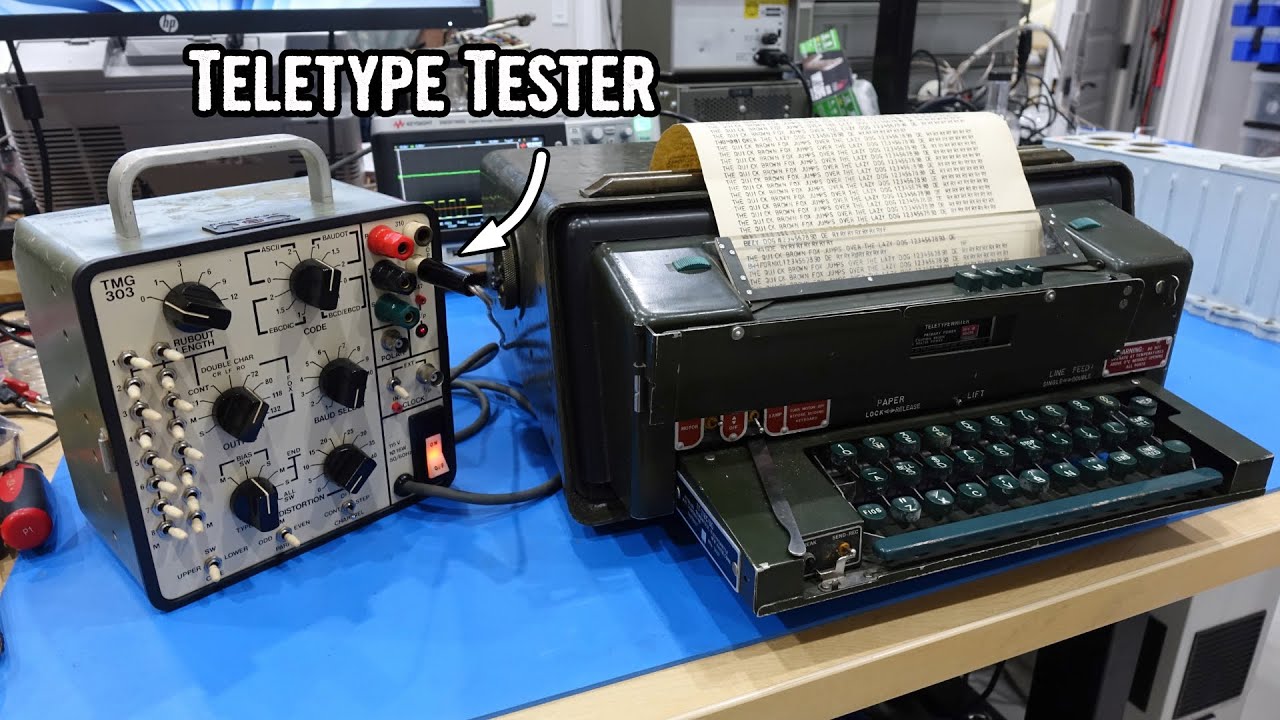You’ve just spent hours putting everything back together after going through page after page fixing an electromechanical teletype machine. How do you know if you’ve got it right? Well, you could just hook it up and try sending to another machine, but what if it fails only on some characters or when running flat-out, or when communicating with another machine operating near the edge of the specified tolerances?
That’s where teletype test sets, which we used to call “fox boxes”, came in. This is a particularly fancy example, dating (based upon the date codes on its integrated circuits) from the mid-1970s. It allows testing teletypes using everything from 5-bit Baudot code to 8-bit ASCII and EBCDIC, all variations of stop bits, parity, and speed from 45.5 to 9600 bits per second. In addition to the standard “THE QUICK BROWN FOX JUMPED OVER THE LAZY DOG", it can send any bit pattern to test odd cases, add rubout characters for machines with long carriage return and line feed delays, send different line lengths, and add jitter to its signal timing to test a machine’s tolerance to sloppy signals from a sender.
But before these wonders can be explored, one must first figure out why it immediately turns itself back off when you turn it on.
